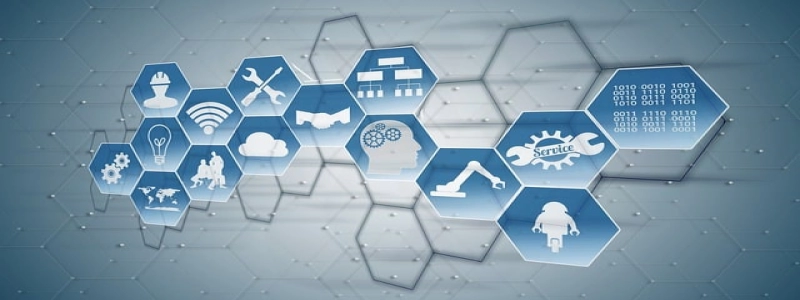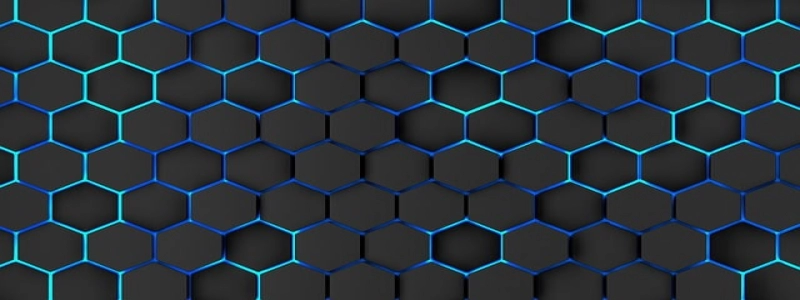[What is Energy Efficient Ethernet]
介绍:
Energy Efficient Ethernet (EEE) refers to a set of standards and practices that aim to reduce the energy consumption of Ethernet devices, such as switches and network interface cards (NICs). This technology is designed to address the increasing demand for energy conservation in network infrastructure, as well as the need to reduce the environmental impact of networking equipment.
我. The Need for Energy Efficiency in Ethernet:
A. Rising Energy Consumption:
With the exponential growth of data traffic and the deployment of larger networks, energy consumption in Ethernet devices has become a significant concern. Traditional networking equipment operates at a constant power level, regardless of the actual network utilization, resulting in unnecessary energy wastage.
乙. Environmental Impact:
The excessive energy usage in Ethernet devices also contributes to the emission of greenhouse gases and increases the overall carbon footprint of organizations. As the awareness regarding climate change and sustainable practices grows, there is increasing pressure on companies to adopt energy-efficient solutions.
二. How Energy Efficient Ethernet Works:
A. Link Level Control:
EEE utilizes a technique called link level control to achieve energy savings. By dynamically adjusting the link speed and power based on the traffic demand, devices can scale down their energy consumption during periods of low activity. This adaptive mechanism ensures that energy is not wasted when network utilization is low.
乙. Low Power Idle:
Another key aspect of EEE is the inclusion of a low power idle state, where the device minimizes energy consumption even when it is not actively transmitting or receiving data. This state is achieved by reducing power to the Ethernet interface, while still maintaining network connectivity. As a result, energy savings can be achieved without impacting network performance.
三、. Benefits of Energy Efficient Ethernet:
A. Reduced Energy Costs:
Implementing EEE can lead to significant energy savings for organizations, resulting in reduced electricity bills. By optimizing power usage based on actual demand, Ethernet devices consume less power, contributing to cost savings in the long run.
乙. Environmental Sustainability:
As companies strive to be environmentally responsible, adopting energy-efficient solutions like EEE helps reduce their carbon footprint. By lowering energy consumption and emissions, organizations can demonstrate their commitment to sustainable practices and align themselves with global efforts to combat climate change.
C. Regulatory Compliance:
In some regions, there are regulatory requirements for organizations to reduce energy consumption and comply with energy efficiency standards. Implementing EEE enables organizations to meet these regulations and avoid potential penalties or legal consequences.
结论:
Energy Efficient Ethernet is a crucial technology for addressing the energy consumption challenges in Ethernet devices. By dynamically adjusting link speeds and optimizing power usage, EEE offers substantial energy savings, cost reduction, and environmental benefits. As organizations increasingly prioritize sustainability, implementing energy-efficient solutions like EEE is becoming a necessity rather than an option.








